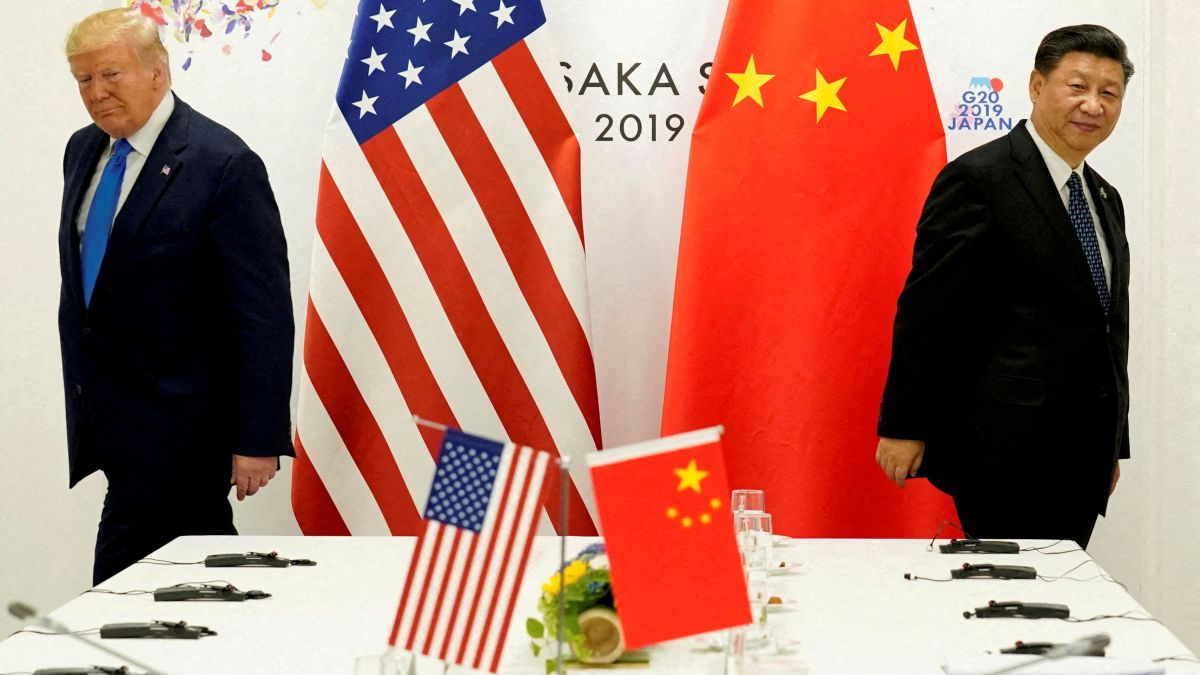With the truce in the trade war with the United States last week, China showed the world that US President Donald Trump does not have the upper hand.
Last week, the United States and China agreed to reduce tariffs by 115 per cent for 90 days. This meant that US tariffs on Chinese goods came down to 30 per cent from 145 per cent and Chinese tariffs on US goods came down to 10 per cent from 125 per cent.
Even though the deal appears to be even, it marked a victory for China as Trump barely scored any concession.
Capital Economics Chief Asia Economist Mark Williams said the truce was “another substantial retreat from the Trump administration’s aggressive stance” because it does not include any commitments by China on its currency or trade imbalances, according to a research note cited by The New York Times.
ALSO READ: Is US-China trade deal good news for India or bad?
With such an advantageous truce, China has showed the world how to negotiate with the Trump administration from the position of strength. It has also indicated that Trump appears to have overplayed his hand with sweeping worldwide tariffs. There are already indications that other countries, which had been engaging softly with the United States, have started toughening their position after seeing the US-China trade truce.
In US-China trade truce, Xi Jinping scored & Trump blinked
As China has not made any major concession in the trade truce and is unlikely to do so in ongoing trade talks as well, it appears that China has successfully called Trump’s bluff in the tariff war, according to Capital Economics’ Williams.
“It will be interesting to see whether China is willing to offer anything substantive in these talks, but I can’t see that they’ll feel under a huge amount of pressure to do so. China has successfully called Trump’s bluff,” Williams told Wall Street Journal.
Impact Shorts
More ShortsSeparately, in a research note cited by Quartz, analysts at Jeffries called the US-China truce deal “a sign that the US is more desperate than China to deliver the de-escalation message to the market".
“Trump would unlikely accept defeat in his tariff-driven MAGA plan, but his tactic to ‘raise price and then discount’ to make a final deal looks like a good deal to the market and the other side,” the analysts said.
ALSO READ: Tit-for-tat: Why China is not backing down in tariff war with US
The US-China trade truce is a “good starting point” for both countries, but it is a “success” for China, according to Zhiwei Zhang, the President and Chief Economist of Pinpoint Asset Management.
“From China’s perspective, the outcome of this meeting is a success, as China took a tough stance on the US threat of high tariffs and eventually managed to get the tariffs down significantly without making concessions,” Zhang told The Times.
Other countries take lessons from US-China truce deal
There are signs that other countries have started toughening their positions in trade talks with the United States.
In an unusually stern statement after Trump repeatedly claimed that India has agreed to bring tariffs to nearly zero, External Affairs Minister S Jaishankar said that trade talks are ongoing and “any judgement on it would be premature” . Japan, which was thought to strike a deal with the United States as soon as in June, is now expected to not reach a deal until at least July.
One area that larger nations could use as a leverage in trade talks with the United States is the services sector, according to Katrina Ell, the head of Asia-Pacific economics for Moody’s Analytics.
The European Union (EU), Singapore, South Korea, and Japan are among the nations that have the biggest services trade deficits with the United States, as per Moody’s Analytics.
Ell told Bloomberg, “China has too much leverage over the US for the US to continue with its hardline stance whereas that’s not the case for many other economies. That’s what we need to keep in mind is leverage and who has that leverage.”
)